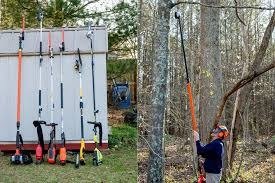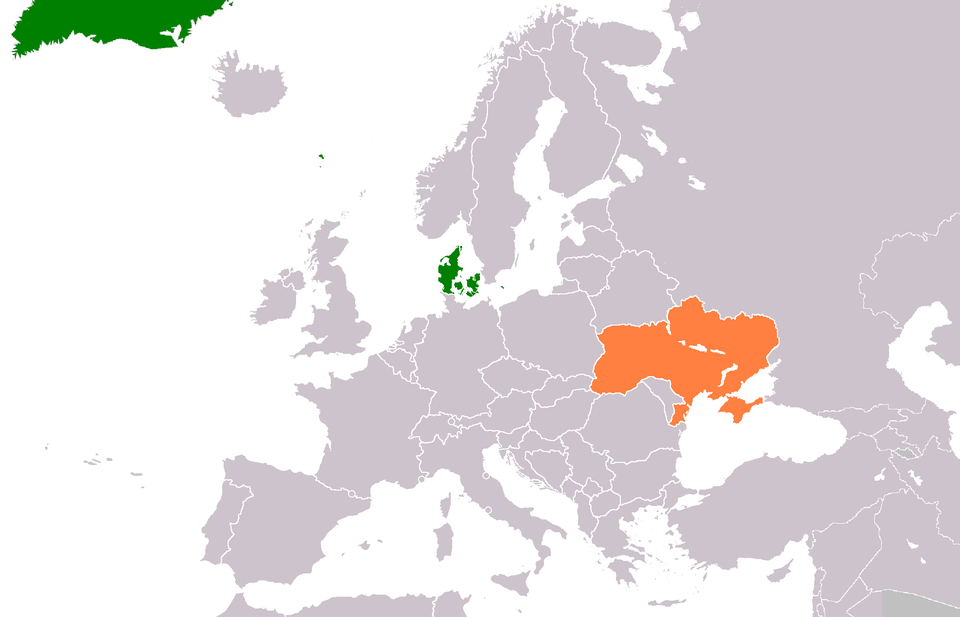Water has myriad secrets. Not the kind you’d find in mystery novels, but the kind that matters to your backyard ecosystem. Every pond tells a story of balance, temperature, and survival that most people never stop to consider.
Pond fountains play a critical role in maintaining this delicate ecological balance. They’re more than just pretty decorations that catch the sunlight. These moving water features become silent guardians of your pond’s health, working tirelessly to regulate temperature and protect the life within.
Why Temperature Matters in Ponds
Temperature isn’t just a number. It’s the invisible force that determines whether your pond thrives or struggles. Fish, plants, and microscopic organisms depend on consistent water conditions to survive. Sudden temperature changes can spell disaster for the entire ecosystem.
The Cooling Effect of Water Movement
Imagine your pond as a living, breathing system. Water fountains create continuous movement, preventing stagnation and heat buildup. This constant circulation helps dissipate heat, much like a fan moving air through a room. The surface agitation allows warmer water to mix with cooler water beneath, creating a more stable temperature environment.
Breaking the Heat Trap
Stagnant ponds become heat traps during summer months. Without movement, water absorbs and retains heat, creating dangerous conditions for aquatic life. Fountains interrupt this process, breaking up heat layers and preventing potentially fatal temperature spikes that could stress or kill fish and plants.
Oxygen and Temperature: A Crucial Connection
Water movement does more than regulate temperature. It increases oxygen levels, which become critical during warmer periods. Warmer water holds less oxygen, and without proper circulation, aquatic creatures can suffocate. Fountains solve this problem by constantly mixing and aerating the water.
Seasonal Temperature Challenges
Each season brings unique temperature challenges. Summer’s intense heat, winter’s sudden cold snaps, spring’s temperature fluctuations – your pond needs protection. Fountains provide a dynamic solution, helping to moderate these extreme changes and create a more stable environment.
The Science Behind Water Circulation
Physics plays a fascinating role in pond temperature regulation. As water moves, it transfers heat more efficiently. Warmer surface water gets pulled down, cooler bottom water rises. This natural mixing prevents extreme temperature gradients that could harm your pond’s delicate ecosystem.
READ ALSO: How to Get Rid of Water Lines in Pool with a Robot Pool Cleaner?
Protecting Aquatic Life
Fish don’t have the luxury of moving to a cooler spot when temperatures rise. They’re completely dependent on water conditions. A fountain becomes their life support system, creating a more hospitable environment that mimics natural water bodies with constant movement and temperature exchange.
Deep Dive: Thermal Stratification
Most people don’t realize ponds develop complex temperature layers. Without intervention, these layers become problematic. Thermal stratification occurs when water separates into distinct temperature zones. Surface waters might be scorching hot while deeper waters remain cool. Fountains disrupt this dangerous layering.
The Microclimate Effect
Your pond creates its own microclimate. Temperature variations impact everything from algae growth to insect populations. A fountain transforms this microclimate, creating a more dynamic and balanced environment. It’s like having a natural air conditioning system for your aquatic ecosystem.
Understanding Heat Transfer Mechanisms
Water transfers heat differently than air. Molecular movement determines temperature distribution. Fountains accelerate this process, creating mechanical disruption that prevents heat accumulation. Think of it as constantly stirring a pot to ensure even cooking.
Nighttime Temperature Dynamics
Temperature changes don’t stop when the sun goes down. Nighttime brings its own set of challenges. Rapid cooling can shock aquatic life. Fountains help moderate these nighttime temperature drops by maintaining a more consistent water temperature throughout the day and night.
The Role of Water Depth
Pond depth dramatically influences temperature regulation. Shallow ponds heat up faster and cool down more quickly. Fountains become even more critical in these environments. They create circulation that prevents extreme temperature fluctuations that could devastate your aquatic ecosystem.
Comparing Natural vs. Artificial Water Bodies
Natural lakes and rivers have built-in temperature regulation mechanisms. Streams, currents, and wind create constant movement. Backyard ponds lack these natural advantages. A fountain becomes your artificial solution, mimicking the temperature management of larger water bodies.
Climate Considerations
Your local climate plays a massive role in pond temperature management. Desert regions face extreme heat. Mountainous areas experience rapid temperature shifts. Fountains adapt to these varying conditions, providing a consistent temperature management solution regardless of local environmental challenges.
The Invisible Ecosystem Engineers
Most pond owners see a fountain as a decorative element. In reality, these water features are ecosystem engineers. They manage temperature, oxygen levels, and overall water quality. It’s a silent, continuous process that happens without any input from you.
Species-Specific Temperature Sensitivity
Different aquatic species have unique temperature requirements. Koi fish, for instance, become stressed in water that’s too warm or too cold. Beneficial bacteria that maintain water quality also depend on stable temperatures. Fountains create a buffer against sudden temperature changes that could harm these delicate organisms.
The Genetic Impact of Temperature Fluctuations
Temperature isn’t just about immediate survival. Consistent temperature plays a crucial role in reproductive cycles and genetic health of aquatic life. Sudden or prolonged temperature stress can impact breeding patterns, growth rates, and overall genetic diversity of pond ecosystems.
Mineral Dynamics and Temperature
Water temperature affects mineral distribution and chemical reactions within your pond. As temperatures change, minerals dissolve and precipitate at different rates. Fountains help distribute these minerals more evenly, preventing mineral buildup and maintaining a more balanced aquatic environment.
Predicting Temperature Changes
Some pond owners try to predict and manage temperature manually. It’s a losing battle. Fountains provide continuous, automatic temperature management that adapts to changing environmental conditions. No thermometer or manual intervention can match their efficiency.
Urban vs. Rural Pond Challenges
Urban ponds face unique temperature challenges. Concrete surfaces, reduced vegetation, and heat island effects create more extreme temperature variations. Fountains become even more critical in these environments, providing a natural cooling mechanism that counteracts urban heat dynamics.
Wind Interaction and Temperature Regulation
Wind plays a surprising role in pond temperature management. Fountains create additional surface movement that interacts with wind currents. This interaction accelerates heat dissipation and prevents temperature stratification, creating a more dynamic and responsive ecosystem.
Microbial Communities and Temperature
Microscopic life thrives or dies based on temperature conditions. Different microorganisms have specific temperature ranges where they flourish. Fountains help create a more hospitable environment for beneficial microbial communities, supporting the overall health of your pond ecosystem.
Energy Efficiency of Natural Cooling
Traditional cooling methods can be expensive and energy-intensive. Fountains offer a natural, passive cooling solution that doesn’t rely on electricity or complex mechanical systems. They leverage basic physical principles to manage temperature effectively and efficiently.
The Psychological Landscape of Water Movement
There’s something mesmerizing about moving water. The sound, the movement, the constant change. Fountains provide more than ecological benefits. They create a sense of calm, a visual and auditory experience that connects you to the natural world.
Economic Considerations of Temperature Management
Maintaining a stable pond ecosystem isn’t just about ecology. It’s an economic consideration. Replacing dead fish, managing algae blooms, and dealing with ecosystem collapse can be expensive. Fountains represent a proactive investment in your pond’s long-term health.
Beyond Temperature: Holistic Ecosystem Management
Temperature regulation isn’t the only benefit. Fountains create a complex ecological system. They discourage harmful algae growth, reduce mosquito breeding grounds, and create a more vibrant aquatic environment. It’s a holistic approach to pond management.
Your Pond’s Silent Protector
Water fountains work silently, almost invisibly. Most pond owners never realize the complex ecological support system they’ve installed. Yet these water features are doing the hard work of maintaining a balanced, healthy environment every single moment.
The Bottom Line
Your pond is an ecosystem, not just a decorative feature. Temperature regulation is crucial for its survival. A fountain transforms a simple water feature into a dynamic, living system that can withstand environmental challenges. It’s protection, beauty, and science combined into one elegant solution.
YOU MAY ALSO LIKE











